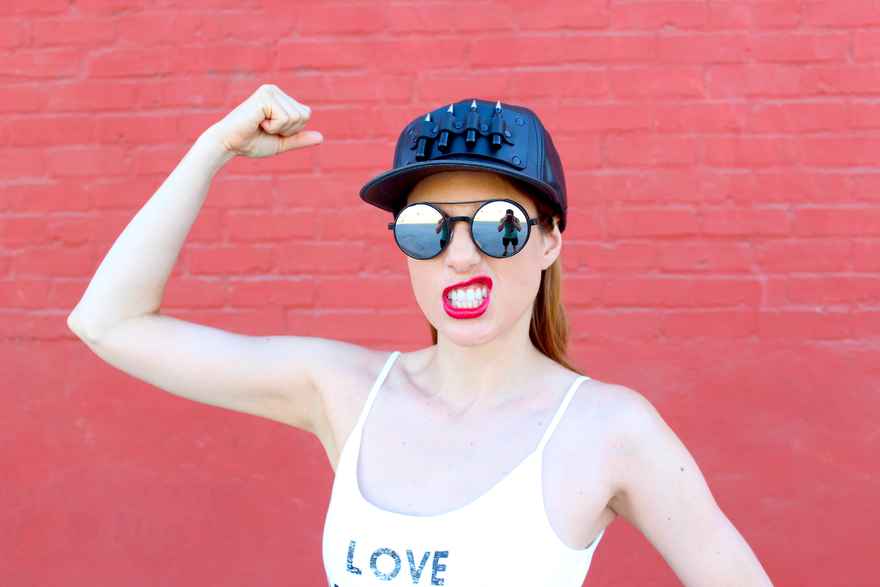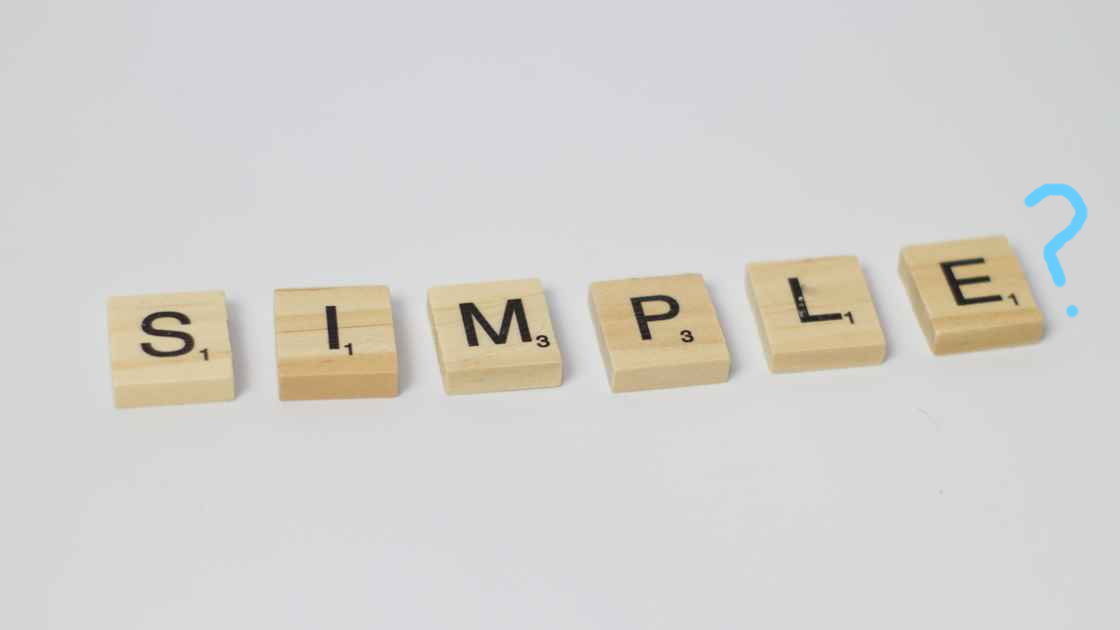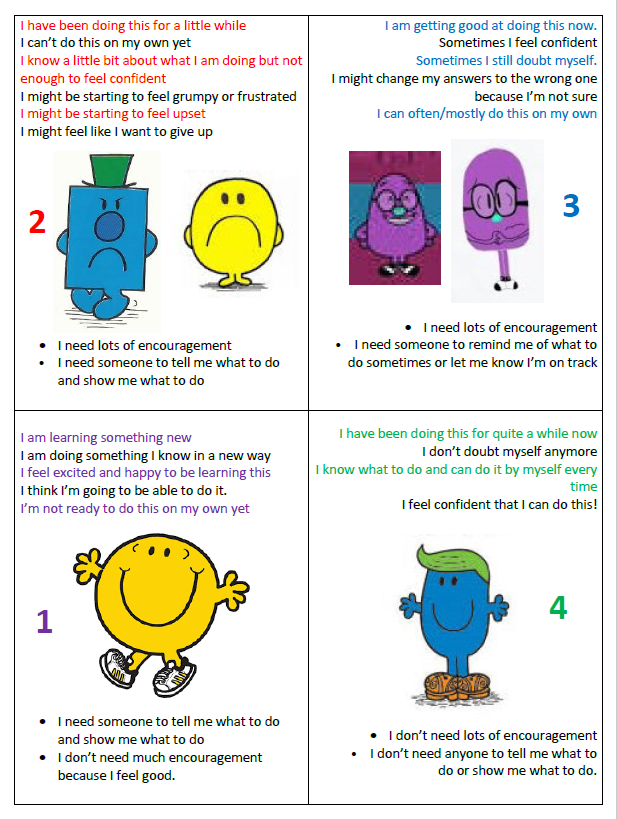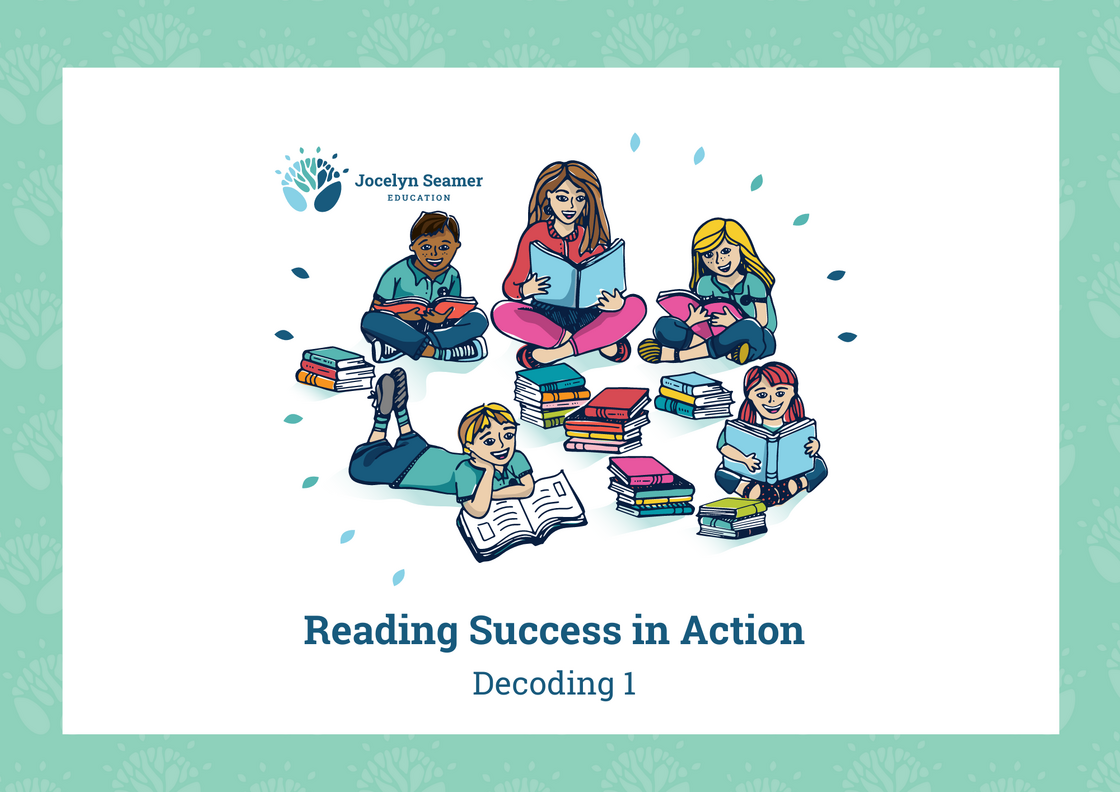Why don't I feel confident yet?

There’s a curious phenomenon that many teachers experience when they begin to shift practice towards structured literacy. They start to do a bit of reading before quickly ‘going down the rabbit hole’. After a little while they come to understand (or hope they understand) the fundamentals of the evidence of reading instruction, then something funny happens. Suddenly, they feel lost and begin to doubt every single move they make. They second guess every decision, every moment of instruction and can’t seem to move forward. They are stuck and confused. So what's going on? With new knowledge, things should be easier, right?

Does this sound familiar?
If it does, know that you are not alone.
In this post, I want to suggest some possible reasons for this ‘stuck’ feeling.
Types of Knowledge
There are three types of knowledge. Declarative, procedural and conditional.
Declarative – facts, information, things we can state
Procedural – knowing ‘how’ to do something. We might call this one a skill
Conditional – knowing when to do something and it which circumstances to adjust or alter things.
When we first begin to learn about structured literacy, we are developing our declarative knowledge. Reading about research helps us understand the why and the what, but it doesn’t tell us the how. That comes when we develop procedural knowledge. But how do we do that?
One of the ways to develop procedural knowledge (skill) is through extremely practical professional learning that walks us through the process of teaching step by step (Like one of my Teach Alongs). The other is through utilising a solid, reliable program or tool that outlines exactly what to do in your teaching. You might already have a great, evidence informed program in your school. If that’s the case, I urge you to follow it with fidelity. In case you are wondering what a great program looks like, I have outlined what evidence informed practice might look like in this post. However, not everyone has a great program in their school. If that’s you, you might like to have a look at my new Lesson Sequence for teaching phonics and decoding here.
Finally, we have conditional knowledge. This is the knowledge we have about how to juggle the multitude of goals, students and demands of our teaching. It’s knowing when to tighten up, when to loosen the reins, when to hold steady and when to push ahead. Much of this comes from building a deep level of declarative knowledge, but it also comes from knowing how to use assessment and interpret your data effectively. It involves flexibility and willingness to change things up, when necessary, but it also involves staying the course, even when things are hard.
Situational Leadership
The second lens we can look through is that of the stages of development we all pass through when learning something new. Ken Blanchard’s Situational Leadership model outlines 4 ‘quadrants’ we move through when we learn something. Every time we change the circumstances in which we do something, we move back through the quadrants somewhat. Let’s have a look at what those quadrants are. The following is an interpretation of Blanchard’s original Situational Leadership model that I developed with some students a few years ago.

A teacher moving towards structured literacy instruction might experience the following:
Box 1- I hear there’s this thing called the science of reading. It sounds promising. Yay!
Box 2 - I have started to read a bit. There is SO much to read. Now that I have started looking into the SoR I feel totally overwhelmed. I think I know a bit about it, but I have no idea how to implement it. Everyone else seems to know what to do. I feel like a terrible teacher. I wish everyone would stop talking about SoR and just let me get on with teaching. I really need someone to tell me what to do and show me what to do. I also need support and understanding when I’m finding things difficult.
Box 3 - I have tried some things out that seem to work and I am feeling a little more confident, but now I second guess myself. I used to feel that I knew what I was doing. Now I’m not so sure. Feeling uncertain sometimes stops me taking further action to develop practice. I seek reassurance often. I would benefit from having someone demonstrate instructional routines as it helps me feel affirmed, but also helps me improve my own practice and experience even more success.
Box 4 - I have enough knowledge and experience now to feel confident in what I am doing. I am happy to take risks, be innovative and support others. I no longer need reassurance or demonstrations.
The above progression through the 4 quadrants is but one possibility. Each person’s journey in this learning will be different, but the general feelings are fairly consistent for each of us. The thing that is variable though, is how long we spend in each quadrant. This can depend on a number of factors such as our personality, previous experiences, quality and quantity of direction and support we receive from those around us and how much pressure we are under generally.
So, how does all of this help us teachers when we are feeling stuck?
Firstly, knowing that our feelings of disillusionment or uncertainty are normal helps us to stay the course. Coming across a time or situation where we want to retreat and reach for the blackline master worksheets doesn’t mean that we aren’t committed to change or developing practice. It simply means that we are human.
Secondly, it helps us to know what we need in order to move forward. If we are frustrated because we don’t yet have enough experience to get results, we need direction and support. If we are feeling uncertain about ourselves despite having evidence of our growing competence, we need a real or metaphorical hug. If we can explain the ‘what’ of reading instruction but are stuck on how to put it into action, we need someone to show us exactly what to do.
Finally, this helps us to help our colleagues and view everyone fairly. Being able to assume that every person is doing the best they can and have positive intent clears the way for relationship building rather than judgement and division.
So, when will I feel confident?
The short answer is, "maybe not today, but that's ok". Confidence comes from the things we do and from getting real results. It comes from 'embracing the suck' (thanks Brene Brown) that is learning. Learning is hard, sometimes messy and usually involves us feeling vulnerable in some way. There are times when being a good learner and good teacher means that we are faking it until we make it in terms of confidence. Having a team (even a virtual one) who understand where you are coming from and will be there to provide the direction and support you need to move through those quadrants is critical. It's also really important to have a plan. Remember that the most important step is simply the next step. Be patient with yourself. Give it time.
To help others know that they are not alone in their teaching challenges, I’d love it if you could complete the poll below.
Not subscribed to Jocelyn Seamer Education yet? Enter your details below to find out when blog posts are published. Know someone who would benefit from this blog post? Share it with them!

 Jocelyn Seamer Education
Jocelyn Seamer Education
2 comments
Once again you have written a blog post that feels like it's meant just for me! :)
I can absolutely relate with your stages of learning graphic. I have so many of the feelings you describe in "Box 3." And it is incredibly comforting to hear that these feelings are normal. Thank you!
Yes,that’s me…second guessing. I know my children are showing confidence and are progressing YAY ! but I still worry…am I doing it right? How can I do it all?
Keep on learning!
Leave a comment